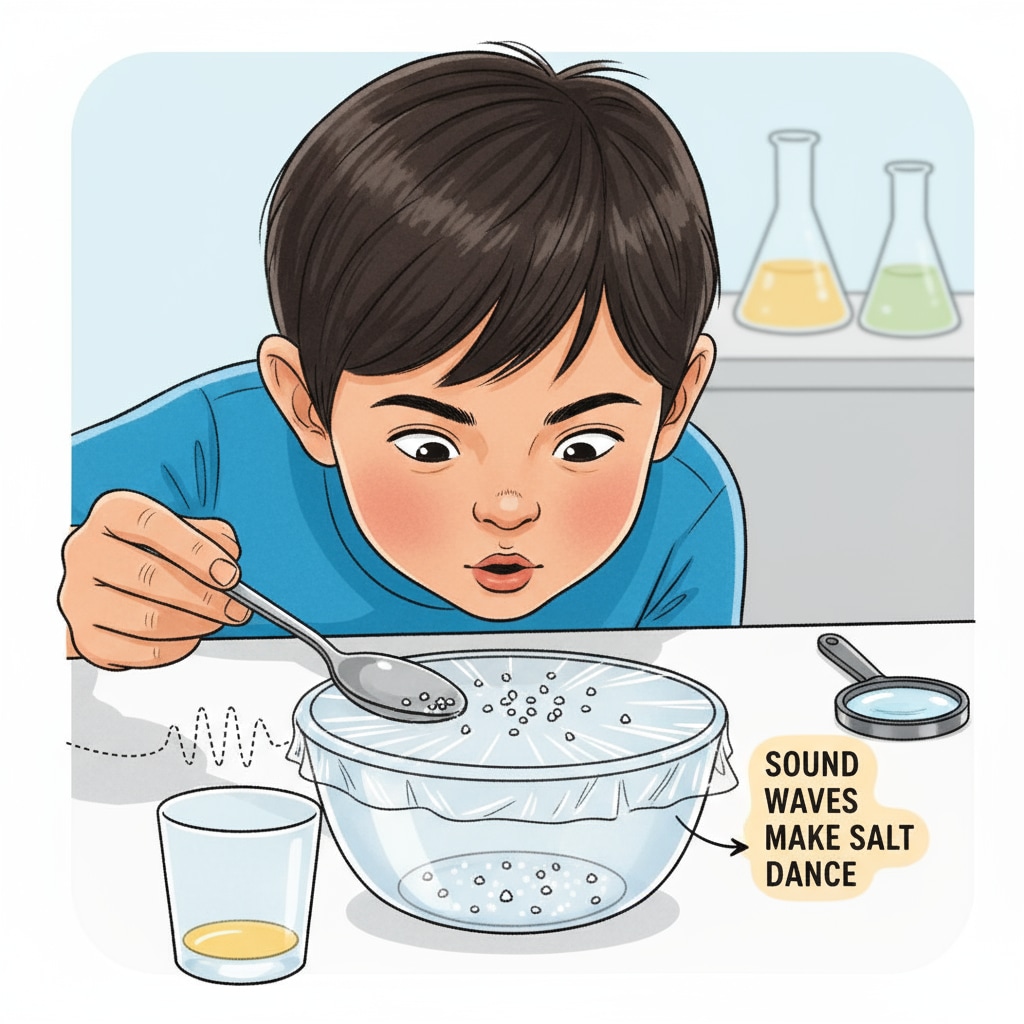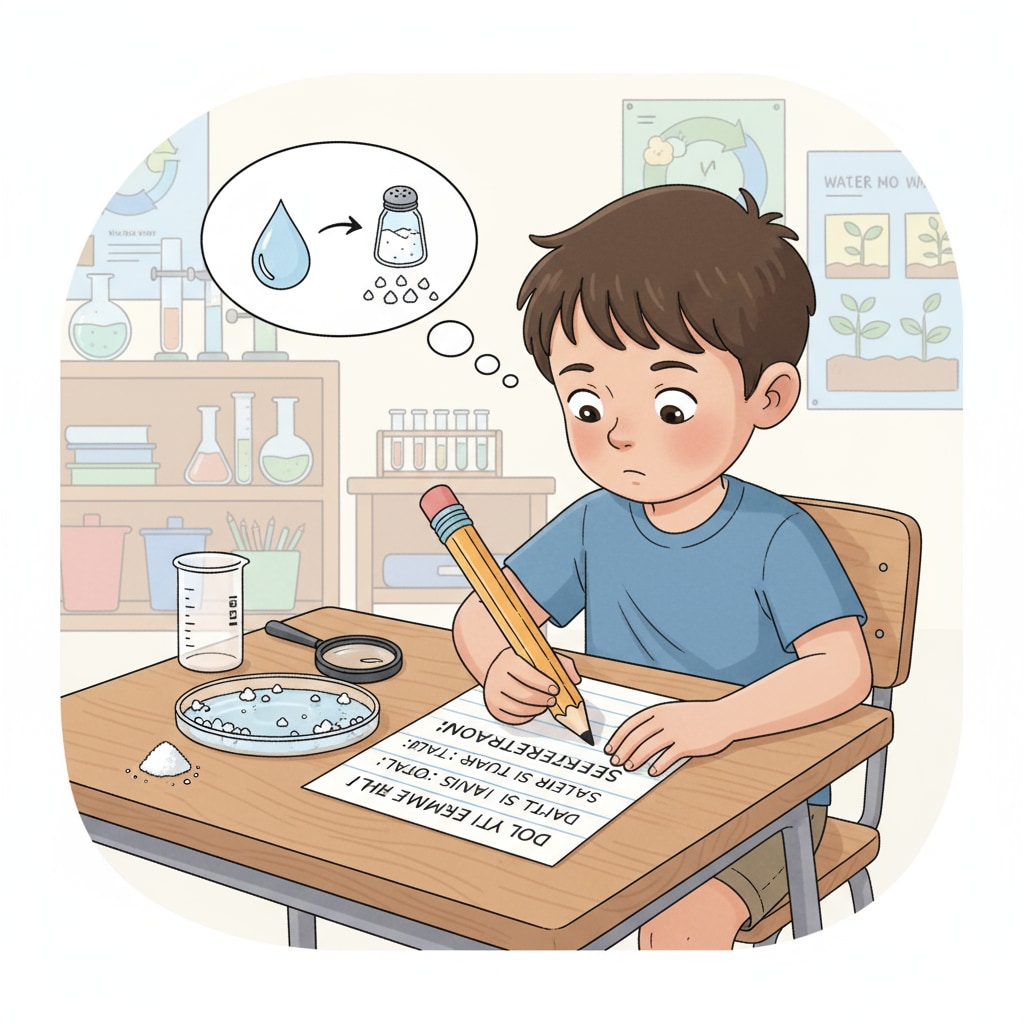Science exhibition projects, children’s experiments, and scientific methods are crucial elements in introducing young minds to the wonders of science. For parents and teachers of children in grades 1 – 4, this guide offers simple yet engaging ways to spark curiosity and develop scientific thinking. Let’s dive into some fun experiments that can be turned into amazing science display projects.
Fun Experiment 1: The Dancing Salt
This experiment is a great way to introduce the concept of sound waves to young children. All you need is a bowl, some plastic wrap, and salt. Stretch the plastic wrap tightly over the bowl and sprinkle a thin layer of salt on top. Then, have the children make loud noises near the bowl, like clapping or shouting. They will observe the salt dancing on the plastic wrap. This happens because sound waves from the noise cause the air to vibrate, which in turn makes the plastic wrap vibrate, causing the salt to move.

As described on Sound wave on Wikipedia, sound waves are mechanical waves that require a medium to travel, and in this case, the air and plastic wrap are the mediums.
Applying Scientific Methods in the Dancing Salt Experiment
In this experiment, children can start to understand the basics of scientific methods. First, they make an observation – the salt is still on the plastic wrap initially. Then, they ask a question – what will happen if we make noise near the bowl? Next, they form a hypothesis, for example, “I think the salt will move if we make a loud noise.” After conducting the experiment, they analyze the results – the salt did indeed move. This simple process helps children grasp the scientific method in a fun and tangible way.

Britannica’s Scientific method entry provides more in – depth knowledge on how scientific methods are structured.
Fun Experiment 2: The Rainbow Milk
Another exciting experiment is the Rainbow Milk. You’ll need a shallow dish, whole milk, food coloring, and a cotton swab dipped in dish soap. Pour some milk into the dish, then add a few drops of different colored food coloring at various spots on the milk’s surface. When the children touch the food coloring with the soapy cotton swab, they will see the colors start to spread and create beautiful patterns. This occurs because the dish soap breaks the surface tension of the milk, allowing the food coloring to move freely. It’s a great way to teach kids about surface tension and the properties of liquids.
Fun Experiment 3: The Balloon Rocket
For this experiment, you’ll need a balloon, a straw, some string, and tape. Thread the string through the straw and tie the string between two fixed points, like the backs of two chairs. Blow up the balloon and pinch the end to keep the air in. Tape the balloon to the straw. When you let go of the balloon, it will zoom along the string like a rocket. This experiment demonstrates Newton’s third law of motion – for every action, there is an equal and opposite reaction. The air rushing out of the balloon is the action, and the balloon moving forward is the reaction.
Fun Experiment 4: The Magic Water Filter
This experiment teaches children about filtration. Gather a plastic bottle, some cotton balls, sand, gravel, and dirty water. Cut the plastic bottle in half and place the top part upside down inside the bottom part. First, put a layer of cotton balls at the bottom of the top part, then add a layer of sand, followed by a layer of gravel. Pour the dirty water into the top part and watch as the water filters through and comes out cleaner at the bottom. It shows how different materials can be used to separate impurities from water.
Readability guidance: These experiments are not only fun but also great opportunities for children to learn about scientific concepts. By presenting them in a simple and engaging way, we can make science accessible and enjoyable for lower grade children. Remember, the process of exploration and discovery is more important than achieving a perfect result. Encourage children to ask questions, make predictions, and draw conclusions, thus developing their scientific thinking skills step by step.


